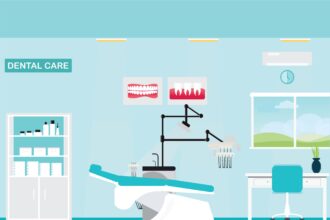Diabetes drives many healthcare costs and is now part of a trend that encompasses increasing prevalence of obesity and its co-morbidities. The result is that any improvements (read “technology advances”) in the management of diabetes (and obesity) will have a dramatic effect on healthcare costs, even if that effect is to simply stem an otherwise accelerating rate of growth in complications. The subject of diabetic complications looms so large in the total perspective of diabetes management that it should not be ignored. The importance of diabetic complications may be assessed from the fact that diabetic patients are generally accepted to have twice the normal incidence of cardiovascular disease and stroke; 25 times the normal incidence of blindness; 20 times the normal incidence of gangrene, and a significantly increased risk of developing neurological and renal disease. The rates of increase in diabetes and its complications are by no means uniform geographically. The greatest increases in diabetes expected over the next twenty years will occur in Africa, the Middle East and South-East Asia, as shown below. Patients with longstanding diabetes may develop complications affecting the eyes or kidneys (microvascular complications), nerves, or major arteries. The major arteries are affected by diabetes in two ways. Coronary artery disease is commoner in diabetic people than in non-diabetic people. The greatest risk of large vessel disease occurs in those diabetic patients who develop proteinuria or microalbuminuria, suggesting widespread vascular damage. The distribution of arterial narrowing tends to be more distal than in non-diabetic people, whether in the coronary arteries or in the peripheral arteries affecting feet and legs. The cause of the microvascular complications is not understood, but the most important influence is probably the quality of diabetic control over many years. There may also be a genetic influence, which can be detected in identical twins. Fortunately not all diabetic patients develop these complications, and probably as many as one-fifth are spared altogether even after 40 or 50 years of diabetes. Curiously, both retinopathy and neuropathy may occur in isolation, but serious nephropathy is always accompanied by retinopathy and usually by neuropathy as well.
Diabetes and Obesity Driving Global Treatment Markets
I serve the interests of medical technology company decision-makers, venture-capitalists, and others with interests in medtech producing worldwide analyses of medical technology markets for my audience of mostly medical technology companies (but also rapidly growing audience of biotech, VC, and other healthcare decision-makers). I have a small staff and go to my industry insiders (or find new ones as needed) to produce detailed, reality-grounded analyses of current and potential markets and opportunities. I am principally interested in those core clinical applications served by medical devices, which are expanding to include biomaterials, drug-device hybrids and other non-device technologies either competing head-on with devices or being integrated with devices in product development. The effort and pain of making every analysis global in scope is rewarded by my audience's loyalty, since in the vast majority of cases they too have global scope in their businesses.Specialties: Business analysis through syndicated reports, and select custom engagements, on medical technology applications and markets in general/abdominal/thoracic surgery, interventional cardiology, cardiothoracic surgery, patient monitoring/management, wound management, cell therapy, tissue engineering, gene therapy, nanotechnology, and others.







